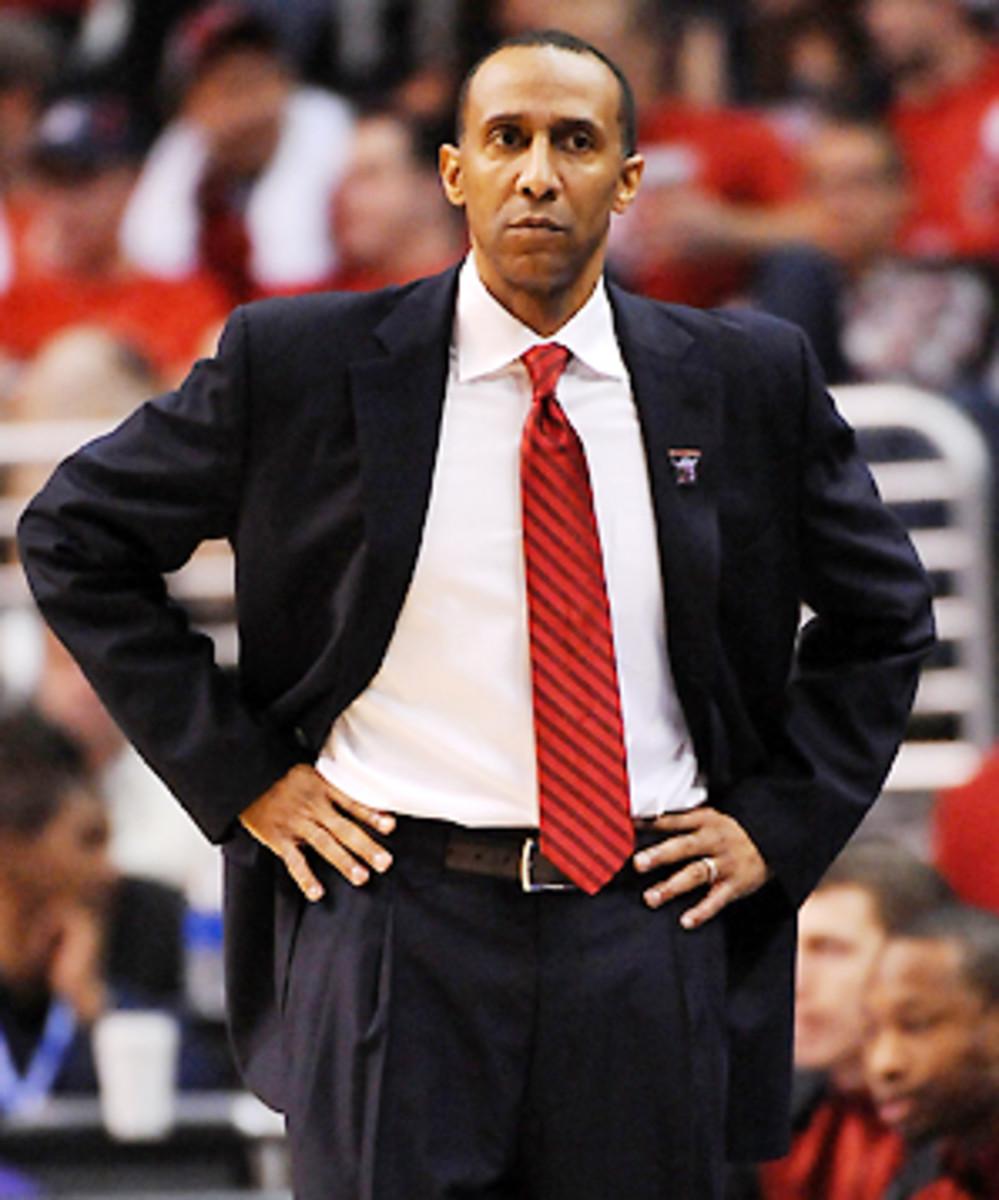Dawkins looks to rebuild Stanford around talented recruiting class


Way back in 1982, Johnny Dawkins was part of a six-player recruiting class at Duke that third-year coach Mike Krzyzewski hoped would give him a foundation for success.
Five years later, Krzyzewski's team was playing for the national championship.
"We had a great run," Dawkins said. "We accomplished a lot. On and off the court."
Dawkins enters his third season as Stanford's head coach with an incoming six-player recruiting class, considered one of the best in the country. He's not making any comparisons, not yet.
But he knows firsthand what one recruiting class can do.
"I've been a part of such a class," he said. "Everyone develops differently. When you're depending on freshmen, it's a process."
Dawkins' Stanford tenure has been a learning process. He took over from Trent Johnson, who departed for LSU after a 28-8 season in 2007-08. Johnson has, for the most part, continued the Stanford winning tradition honed under Mike Montgomery.
In his first year, Dawkins went 20-14 and finished ninth in the Pac-10. In Year Two, he went 14-18 and finished ninth again, but felt -- because of changes that strengthened his staff -- that his team was better positioned.
The Pac-10 is predicted to have another down year, coming on the heels of last season's disappointment. But even in a league of opportunity, young Stanford still may struggle to make an impact.
Dawkins loses Landry Fields, who led the Cardinal in almost every category and was one of the top ten scorers in the country.
"We absolutely can't replace Landry Fields," Dawkins said. "He did everything for us on and off the court. We're going to try to fill that void by committee."
Among the void-fillers will be junior guards Jarrett Mann and Jeremy Green (Green led the team in three-pointers). Some of the heralded incoming freshmen will also be called upon. Dawkins' recruiting class is headlined by Dwight Powell, a 6-foot-10 forward out of Toronto.
"He's very long, really versatile," Dawkins said. "He can be as good as he wants."
But Dawkins isn't sure exactly what he has or how they'll play together. In today's college basketball universe, a top recruiting class usually brings several players who already have an eye on the NBA. Stanford still may be the exception to that rule.
"All of the kids we recruited are driven to be successful student-athletes," Dawkins said. "I don't think they're coming in with any preconceived notions that they'll be gone in one or two years. You can't predict what opportunities a player might have. But they have all expressed that they want to be a part of the university."
Though plenty of Stanford coaches over the years have grated against the university's admission standards, Dawkins' Duke background helped prepare him for the hurdle. The hardest thing is finding the athlete who can get into Stanford. The easy part is that once a coach has found that athlete, the interest is usually mutual.
"They're usually already interested in an institution like Stanford," Dawkins said. "They've been raised to aspire to high academic standards."
And, because of that mindset, those players may be less inclined to jump to the NBA at the first opportunity.
So Dawkins may get a chance to grow this recruiting class and see if the group can turn into something special. Just like his own class did, three decades removed.
